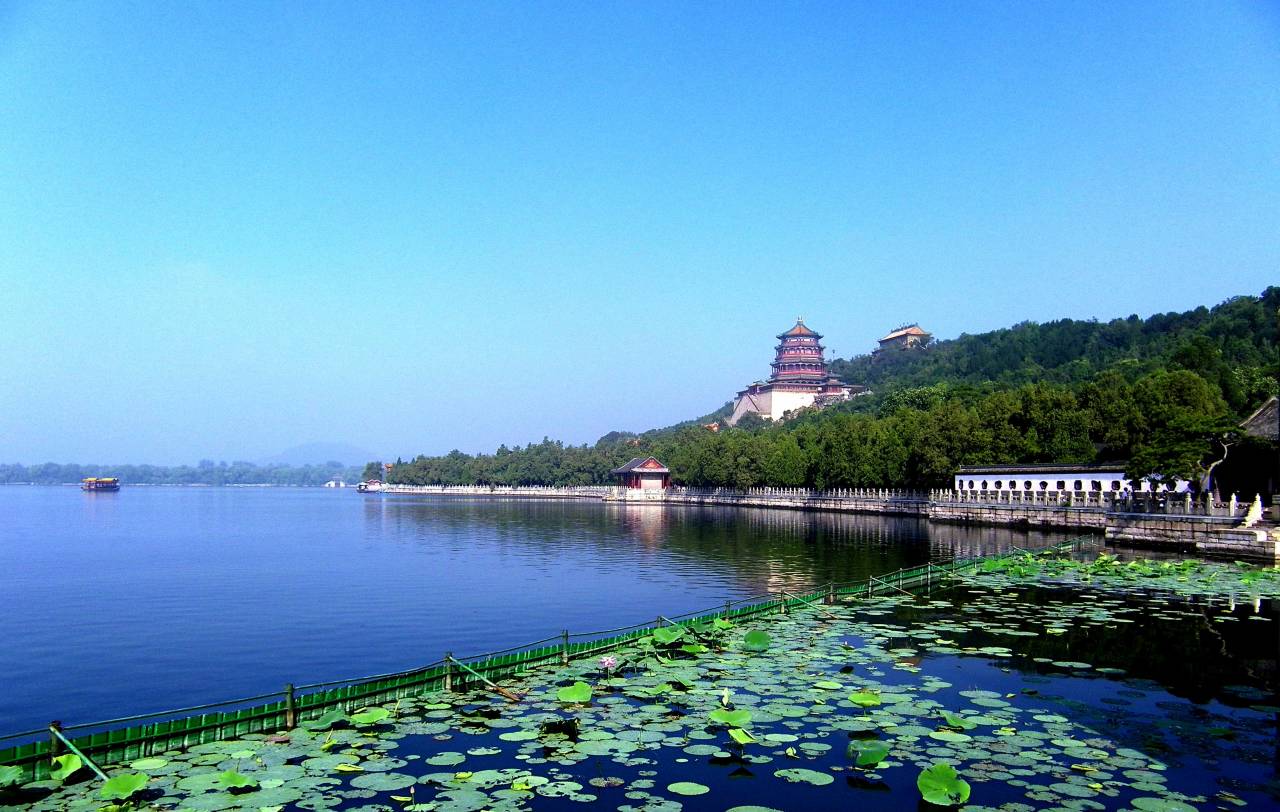The Summer Palace, known as Yiheyuan in Chinese, is the largest and best-preserved imperial garden in China. Situated in Haidian District, 15 kilometers from downtown Beijing, it covers an area of about 290 hectares, with three-quarters of it being water. The complex is centered around Kunming Lake and Longevity Hill, integrating natural landscapes with man-made features such as pavilions, halls, palaces, temples, and bridges.

Historical Background
The construction of the Summer Palace began in 1750 during the reign of Emperor Qianlong of the Qing Dynasty. Originally named the Garden of Clear Ripples (Qingyiyuan), it was built as a gift for his mother, Empress Dowager Xiaosheng. The garden was modeled on the scenery of West Lake in Hangzhou and incorporated design techniques from gardens in the Jiangnan region. However, it was largely destroyed during the Second Opium War in 1860. In 1886, Empress Dowager Cixi initiated a major reconstruction project, renaming it the Summer Palace (Yiheyuan) in 1888. The palace was damaged again during the Boxer Rebellion in 1900 but was restored shortly after. Since 1924, it has been open to the public as a park.
Architectural and Cultural Significance
The Summer Palace is an outstanding example of Chinese landscape garden design, blending the works of man and nature in a harmonious whole. It features over 100 examples of traditional architecture, including pavilions, terraces, temples, pagodas, waterside gazebos, covered corridors, stone bridges, and the famous marble boat. The Long Corridor, which runs for 728 meters along the northern shore of Kunming Lake, is one of the oldest structures in the garden. The complex is divided into three main areas: the administrative area, the residential area, and the scenic area.
UNESCO World Heritage Site
In 1998, the Summer Palace was inscribed as a UNESCO World Heritage site, recognized for its cultural significance and as a masterpiece of Chinese landscape garden design. It epitomizes the philosophy and practice of Chinese garden design, which played a key role in the development of this cultural form throughout the east.
The Summer Palace is not only a historical site but also a living testament to China's rich cultural heritage, offering visitors a glimpse into the imperial past and the artistic achievements of the Qing Dynasty.


